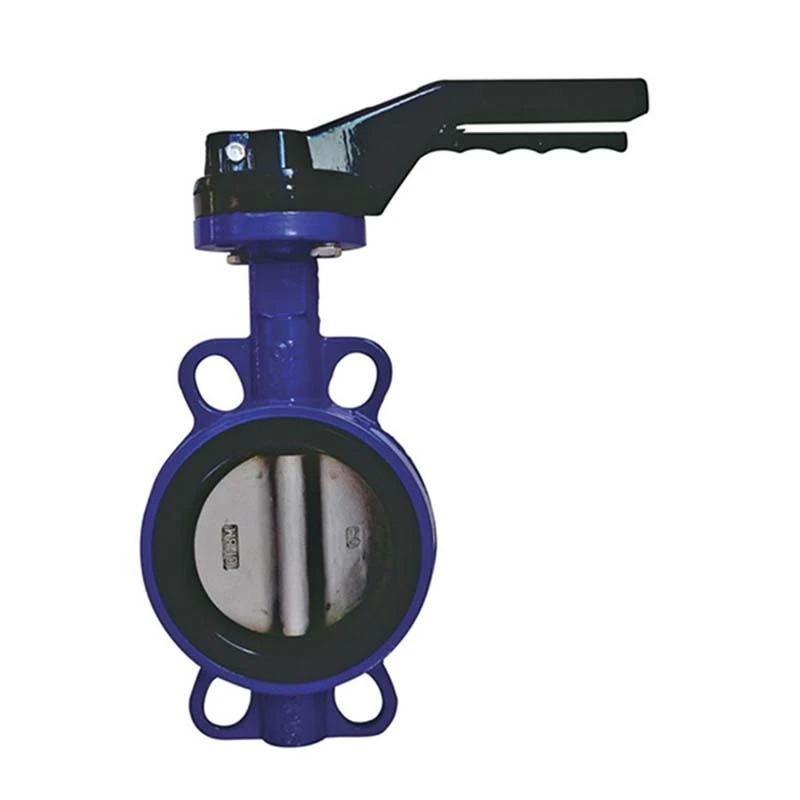Dec . 18, 2024 20:42 Back to list
wafer type butterfly valve dimension
Understanding Wafer Type Butterfly Valve Dimensions
Butterfly valves are crucial components in various fluid control applications, offering a reliable and efficient means of regulating flow. The wafer type butterfly valve, in particular, is widely used due to its compact design and ease of installation between flanges. Given the importance of dimensions in the effective functioning of these valves, understanding the specifications and how they relate to the overall system can significantly enhance operational performance and maintenance practices.
What is a Wafer Type Butterfly Valve?
A wafer type butterfly valve features a circular disc that rotates around a central axis to control the flow of fluid. Unlike other valve types that may require heavy mounting or bolting, wafer butterfly valves fit snugly between two flanges, allowing for a lightweight and space-saving installation. This design is not only economical but also facilitates quick assembly and disassembly.
Key Dimensions to Consider
1. Diameter (D) The valve's diameter, often referred to as nominal diameter (DN), is a crucial dimension as it dictates the flow capacity. Common sizes for wafer type butterfly valves usually range from 2 inches (50 mm) to 48 inches (1200 mm), although larger and smaller variants exist for specialized applications. The diameter chosen must align with the piping system to ensure compatibility and avoid undue stress on the valve mechanism.
2. Face-to-Face Dimension (L) The face-to-face dimension refers to the length between the two flange faces. This measurement is critical for ensuring proper installation and alignment with piping systems. The standard face-to-face dimensions can vary based on industry standards such as ANSI, API, or ISO. Designers and engineers must reference these standards to avoid mishaps during the installation process.
wafer type butterfly valve dimension

3. Body Thickness (T) The body thickness of the valve influences its pressure rating and durability. Typically, the thicker the body, the higher the pressure tolerance. However, an increase in thickness can also add weight, which may be a consideration in specific applications. Advanced materials and manufacturing techniques have led to thinner yet robust designs that meet stringent pressure requirements.
4. Mounting Hole Dimensions For wafer butterfly valves, mounting holes are essential for securing the valve to the pipe flanges. The size, shape, and layout of these holes must be compatible with the existing flange configuration. Standardization in manufacturing ensures that these dimensions are consistent, simplifying the installation process.
5. Disc Diameter (d) The diameter of the valve disc is pivotal, as it dictates how much fluid the valve can control. A disc that is too small may not effectively regulate flow, while one that is too large can lead to increased pressure drop and reduce system efficiency. Understanding the relationship between the disc diameter and the overall diameter is essential for optimal valve performance.
6. Actuator Space Requirements In cases where an actuator is used, the space requirement for mounting it can also be considered a critical dimension. The actuator must have sufficient clearance to function correctly without hindrance from surrounding components.
Conclusion
The dimensions of wafer type butterfly valves play a vital role in ensuring the efficiency and effectiveness of fluid control systems. Engineers and technicians must carefully consider these dimensions during the design and installation phases to achieve optimal performance. Moreover, adherence to industry standards is paramount to ensure compatibility and reliability. By understanding these fundamental aspects, stakeholders can make informed decisions when selecting and integrating wafer type butterfly valves into their systems, ultimately leading to enhanced operational efficiency and reduced maintenance requirements.
Incorporating the right size and specifications not only improves system performance but also extends the lifespan of the valve equipment, resulting in cost savings and smoother operations.
Share